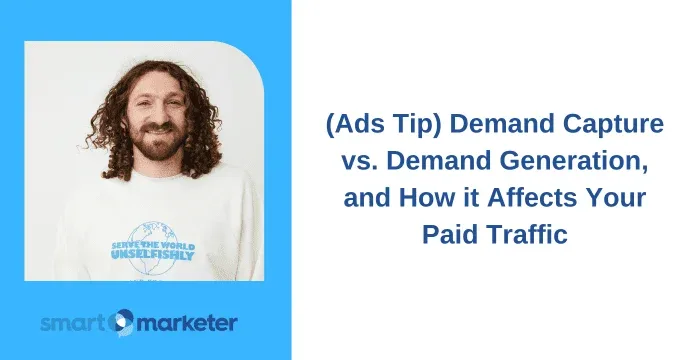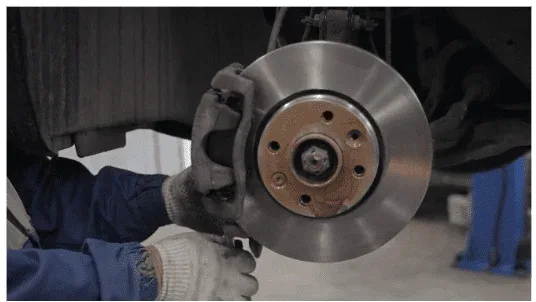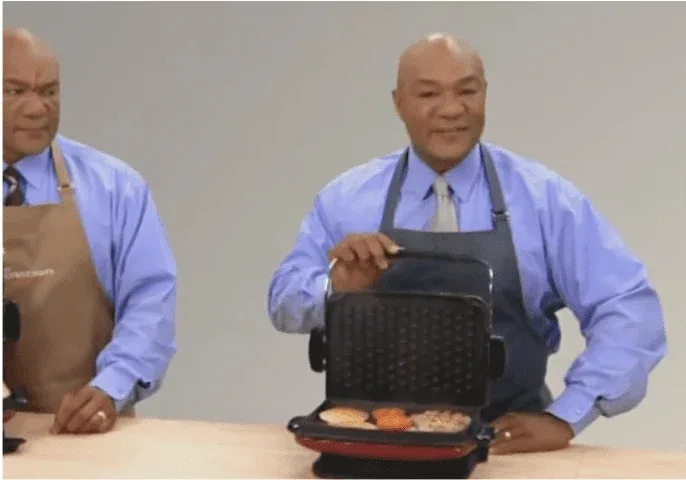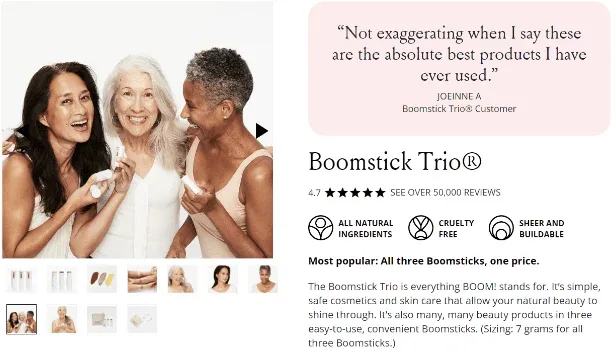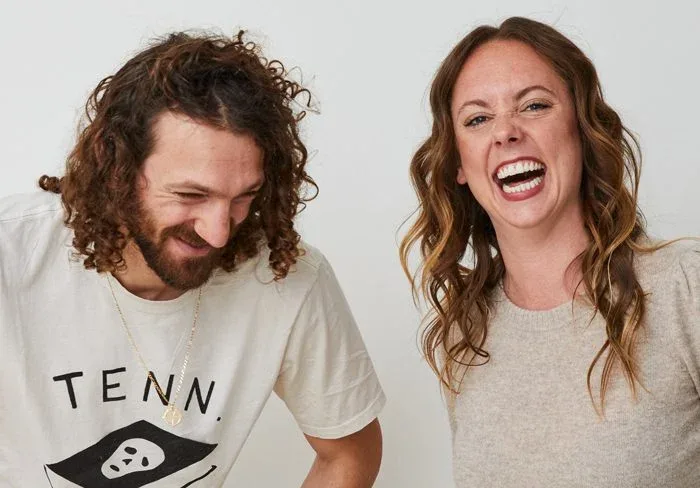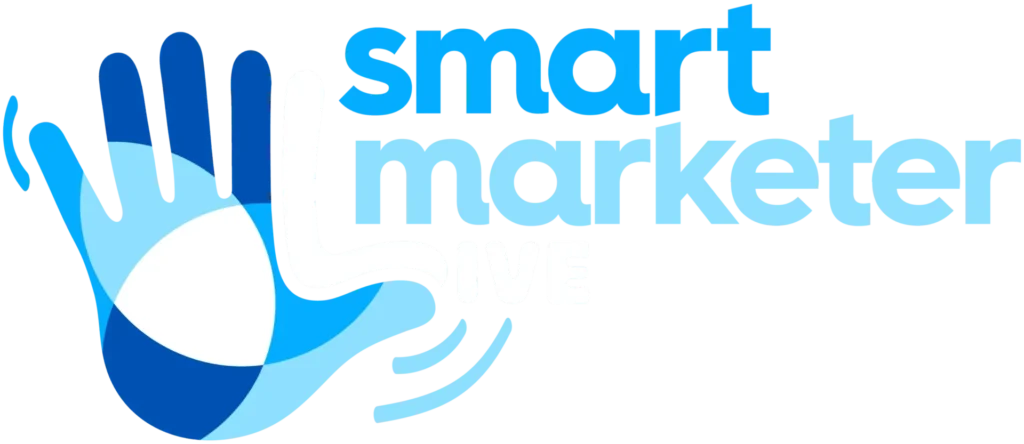Hey! I was just talking to my good friend and go-to Google Ads master, Brett Curry.
He was telling me about a crucial concept that affects all of paid advertising, and that’s the difference between demand capture and demand generation.
In this post, I’ll help you understand the different between these two concepts, so you’ll know:
- Which platforms and campaigns you should be focusing on in your marketing
- How to craft the creative in your advertising and other brand messaging
- The best way to reach your immediate marketing goals (eg., rapid scale vs. quick ROI)
Let’s dive in!
What’s the Difference Between Demand Capture and Demand Generation?
It comes down to the market’s relationship with your product or service, and how you help solve your audience’s problems.
First, let’s start with a couple of quick definitions:
- Demand capture occurs when demand for your product or service already exists, and you simply have to get your offer in front of people. In other words, there are people actively looking for whatever it is you sell.
- Demand generation is when there aren’t people looking for your product or service… but if they saw it — and saw how amazing it is — they might just go crazy for it.
Hopefully that makes sense, but if not, don’t worry. I’m about to jump into several examples to help illustrate the difference.
Along the way, you’ll learn whether your product should focus on demand capture or demand generation (or both).
When Is It Better to Capture Existing Demand?
Example #1 – Break Pads
Let’s start with an example from the automotive space.
Brake pads are a product that we all need. We use them on a daily basis. They save lives and help keep millions of people safe. They’re definitely an indispensable part of modern life.
But imagine this: you’re watching something on YouTube, and you see a really compelling video ad for brake pads. The ad talks about what an amazing job these brake pads do in making your car stop.
Do you think that ad would convince you to go out and buy new brake pads?
I don’t think so.
No matter how good the ad is, you wouldn’t feel the need to buy brake pads because you probably don’t need them. Your car already has brake pads that are working just fine.
If your brakes started squeaking, on the other hand, or if you had trouble stopping your car, that would change everything.
It would create demand.
For that reason, brake pads are an example of a product that relies mainly on demand capture. If you sell brake pads, there’s no point in trying to create demand, because you’re better off focusing on capturing the existing demand that’s already out there.
Example #2 – In-home Saunas
Let’s look at another example, and this one might fool you initially.
Are in-home saunas a demand capture product, or a demand generation product?
- Be a homeowner
- Have enough free space
- Be willing & able to spend thousands of dollars
If you try to use demand generation to convince people to buy a sauna by communicating things like relaxation and health benefits, you might generate some interest…
But you’re going to waste a lot of money advertising to unqualified prospects who aren’t in a position to actually buy your product. For that reason, you’re better off trying to capture the existing demand for a product like in-home saunas.
When Do You Need to Go Out and Generate Your Own Demand?
Example #1 – George Foreman Grill
Next, let’s look at a great example of a classic demand generation product: the George Foreman Grill.
Nobody wakes up in the middle of the night thinking, “Man, I wish I had a grill I could plug in that folds up and drains the fat off my burgers.”
So when the George Foreman Grill came out, nobody was actively looking for it.
But once we saw the ads and realized how healthy and convenient it could be, we had to have it.
That’s demand generation at work.
In this example, people already knew they wanted convenient ways to make their favorite foods more healthy; they just never would have went looking for a hand-held grill.
Example #2 – BOOM! Beauty
BOOM! Beauty is another great example.
When BOOM! first launched their Boomstick, it was a completely different approach to makeup: a minimalist product that brings out your natural beauty.
It wasn’t about turning back the clock. Instead, it was about embracing who you are today and looking your best. It was pro-age cosmetics, which was a new concept for people.
Prior to BOOM!, no one was searching for pro-age cosmetics. Anti-age, yes, but not pro-age. That’s why BOOM! had to put their focus mostly on demand generation (especially in the early days).
Example #3 – Squatty Potty
And let’s do one last example.
Most people have heard of Squatty Potty at this point, but if you haven’t, then go to YouTube and check out their viral ad (after you finish reading this post, of course).
Squatty Potty is a stool you use on the toilet that helps align your body for a better bowel movement. Now, before this product came into the world, absolutely nobody was looking for anything like that.
But once Squatty Potty showed us the benefits of this change — and did it in such an entertaining fashion — they were able to get huge swaths of people interested in getting this little stool for their bathroom to help improve their health.
Another great example of demand generation.
Is True Demand Generation Really Possible?
In one of the all-time classic marketing books called Breakthrough Advertising, author Eugene Schwartz talks about an interesting concept.
He says there’s no such thing as “true demand generation.”
Instead, he said that what we think of as demand generation is really just tapping into the existing wants and needs of our market.
I think you’ll find that concept holds true for pretty much any successful demand generation campaign out there:
- The George Foreman Grill tapped into our desire to make healthy cooking more convenient
- BOOM! tapped into the desire for older women to feed good about themselves and embrace their natural beauty
- Squatty Potty tapped into our desire to poop more comfortably
So if you’ve got a product in need of demand generation, one question to ask yourself is:
What problem is my product solving, and/or what desire is it tapping into?
People may not be aware that your product exists (yet), but they know they’ve got a problem or a desire that isn’t being met. And if you can show them how your product will bridge that gap, they’ll turn into eager buyers.
Interruption vs On-demand Advertising
Another way of looking at the difference between demand capture and demand generation is to think about them in terms of interruption advertising versus on-demand advertising.
Interruption advertising is when you interrupt the flow of someone’s day to show them your product (think Facebook ads).
This works well when you’re selling things like:
- Fashion products and accessories
- New or novel products
- Impulse-buy products
Interruption advertising is also effective for customers who know they have a problem, but don’t know about your solution.
Maybe your buyer is having trouble sleeping, but they don’t know that your sleep-aid supplements or your neck-cradling pillow will help them get a better night’s rest. So because they aren’t looking for your product, you have no other choice but to interrupt them to make them aware of you.
On-demand advertising is when you show your ads to users who are looking for your product, a similar product, or for solutions related to your product (think Google Search ads).
These are your brake pads and your in-home saunas.
On-demand advertising works great for products like:
- Auto parts
- Appliances
- High-ticket items
And they’re generally good for customers who are both problem-aware and solution-aware.
Capture Generation vs Demand Generation: Which Do You Need?
The cool thing is there’s no one answer. Most businesses need a little bit of both demand generation and demand capture.
In the early days of BOOM!, they did mostly demand generation with a little bit of demand capture. Today, as more and more people have become aware of pro-age beauty products, they’re doing more demand capture than ever before — but they’re still using a healthy mix of both strategies.
To determine that balance for yourself, ask this question:
What’s my ultimate goal?
If you want:
- Rapid growth, then demand generation is going to be essential. You simply won’t be able to achieve rapid scale if you’re waiting for people to find your product on their own.
- High ROAS, on the other hand, you’re going to need to capitalize on the high-converting nature of demand capture to maximize your profits from the customers who are further down the funnel.
It also helps to understand the nature of how customers find your products and your brand. This can go a long way in understanding how much emphasis you should put on different parts of your marketing.
I hope this has been helpful!

